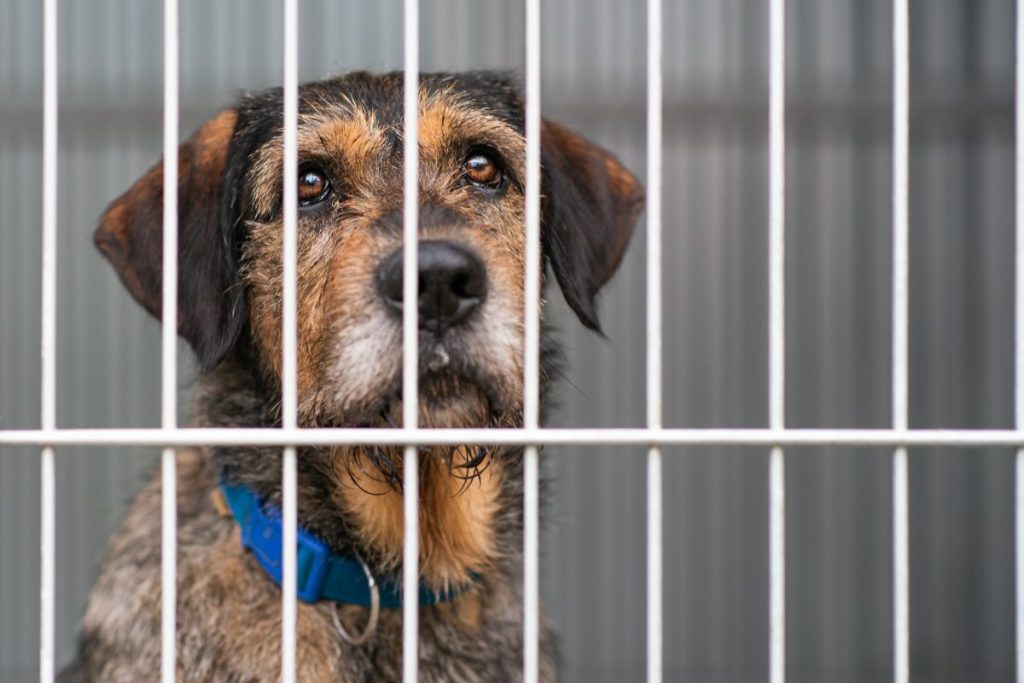If you’ve been around the pet world long enough, you’ve likely heard the term “no-kill” as it relates to animal shelters. But what does it mean? We’re going to answer that question by sharing the history and key stats behind this life-saving movement.
The history of the no-kill movement
According to NPR, animal welfare workers and volunteers started the no-kill movement more than 20 years ago in San Francisco. The goal was to curtail euthanizing dogs and cats that entered animal shelters. It caught on, and thanks to the campaign, euthanasia has dropped from 20 million annually to between 3 and 4 million a year.
While many tout the success of saving the lives of dogs and cats thanks to the no-kill movement, a large number of people still don’t know what no-kill means. According to NPR, “While some shelters indeed put no animals down, shelters are allowed to euthanize a percentage of their animals and still keep the no-kill designation.”
With 14,000 animal shelters and rescue groups in the United States, not everyone is in favor of saving all shelter cats and dogs. Of the estimated 8 million dogs who enter U.S. shelters each year, not all are adoptable.
Animal shelters can euthanize up to 10 percent of their animals for poor health and temperament, and still keep the no-kill designation.
The state of the “no-kill” movement
Richard Avanzino is president of Maddie’s Fund and the former head of San Francisco’s SPCA, which started the “No Kill” movement in 1994. He tells NPR, “The no-kill concept will be a constantly debated question among a lot of animal lovers, as to whether we are there or whether we are still working on getting to the goal.”
The campaign is familiar to those in animal rights in the northern states and on the West Coast. In Miami, more than 15,000 dogs and 13,000 cats enter the county-run animal shelter each year. So, the county adopted a resolution to become a no-kill facility.
Alex Munoz, director of the Miami Animal Services Department, tells NPR they’re making progress. “Over the past few years we’ve increased our overall save rate from less than 50 percent to over 80 percent for both dogs and cats,” he says.
If you do the numbers, that means a large number of cats and dogs will still face euthanasia. Munoz counters that “the shelter is not an infinite space. There are 222 cages, and on any given day, there’s more than 300 dogs.”
Munoz, and others at shelters across the country, are stepping up their spay and neuter programs. They’re also hosting more adoption events.
One of the major animal welfare groups in the country leading the way in the no-kill movement is the Best Friends Animal Society with its “Save Them All” campaign. They are partnering with numerous rescue groups and shelters to end the killing of dogs and cats in U.S. animal shelters.









